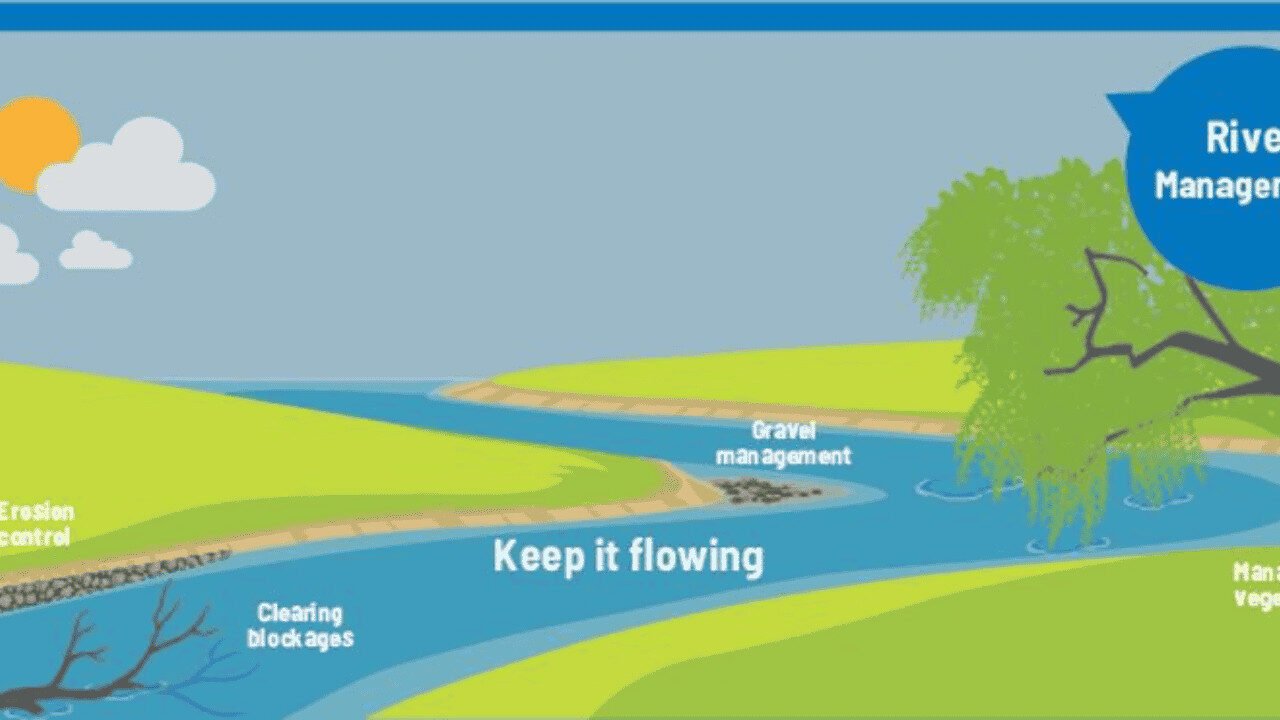By Azeem Ahmed
An environmental expert has called for a major change in how Pakistan handles floods, suggesting that authorities move away from expensive big projects and adopt cheaper, nature-based solutions to deal with increasingly severe climate disasters.
Dr. Muhammad Faisal Ali, a Research Fellow at the Pakistan Institute of Development Economics, said his “Flood Welcome Policy” focuses on alternatives to large dams, barrages, and canal systems.
“These big projects cost a lot, take years to complete, and still cannot fully protect us during extreme floods,” he told this reporter.
Instead, Dr. Faisal recommends nature-based measures, such as restoring river paths, reviving wetlands, planting forests, and managing watersheds in upper catchment areas to reduce flood intensity.
He also suggested rainwater harvesting, urban water-absorbing parks, and using China’s “Sponge City” model in Pakistan’s major cities.
“These solutions are cheaper, help biodiversity, create local jobs, and improve our ability to handle climate challenges,” he said, stressing that timely funding is essential.
The Flood Welcome Policy aims to turn floods from disasters into opportunities. “If implemented correctly, it could make Pakistan more resilient and productive. But if we fail to act, we will face the same destruction again,” Dr. Faisal warned.
He added, “Spending millions now may save billions later, but we need research, planning, and collective effort.”
Dr. Faisal pointed out that Pakistan experienced severe floods again in 2025, affecting almost every type of flood scenario in the country.
Major rivers like Ravi, Sutlej, Chenab, and Indus experienced high floods, while flash floods hit Buner in Khyber Pakhtunkhwa, glacial lake floods struck Ghizer in Gilgit-Baltistan, and cloudbursts caused urban flooding in cities including Chakwal, Karachi, Rawalpindi, Sialkot, and Islamabad.
“These floods destroyed homes, damaged infrastructure, and washed away crops, raising serious food security concerns,” he said. “Every Pakistani, especially those from lower and middle-income families, is affected directly or indirectly.”
Dr. Faisal linked the growing frequency and intensity of floods to climate change and irregular monsoon patterns.
“The mega floods of 2010, 2022, and 2025 clearly show the rising trend. From 1980 to 2004, Pakistan faced about 30 major floods. Between 2014 and 2024, that number jumped to over 44. Floods are becoming more frequent and severe.”
According to the National Disaster Management Authority (NDMA), Pakistan’s 2025 monsoon season killed 1,037 people and injured 1,067 from June 26 to October 1. Around 229,763 houses were damaged, and 22,841 livestock were lost.
Infrastructure also suffered heavily, with 2,811 kilometers of roads and 790 bridges damaged across the country.
As floodwaters rose, 3.03 million people were evacuated from affected areas. Authorities set up 1,690 relief and medical camps, sheltering 152,252 displaced people. So far, 662,098 people have received medical treatment at these camps.
Author Profile






